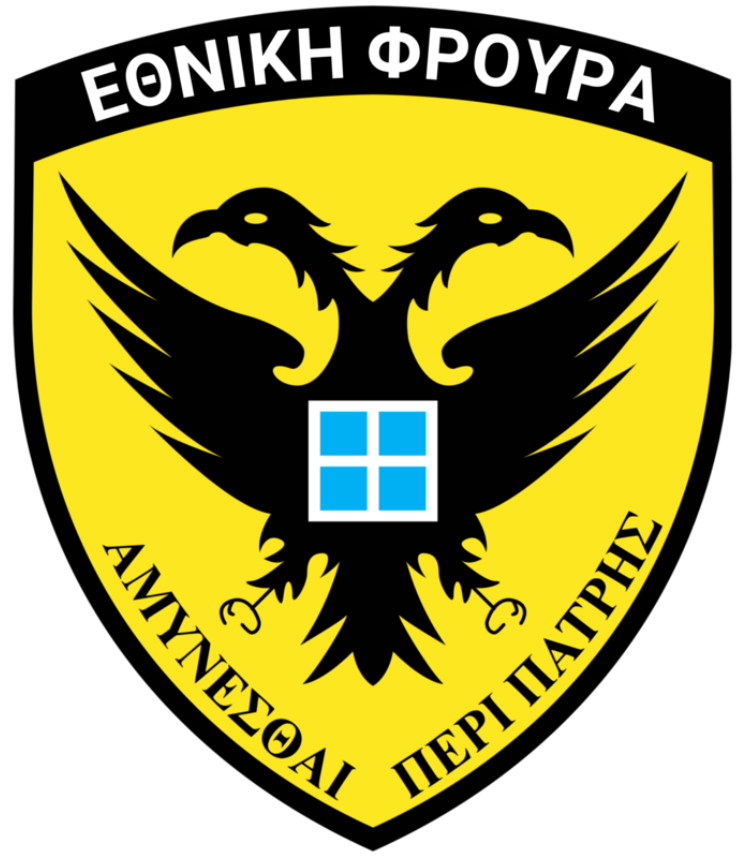
The Sudanese Armed Forces are the military forces of the Republic of Sudan. During the 39-month transition to democracy that started in September 2019, the August 2019 Draft Constitutional Declaration defines the Supreme Commander of the Sudanese Armed Forces to be the mixed civilian-military Sovereignty Council. In 2011, IISS estimated the regular forces' numbers at 109300 personnel, while in 2016–2017, the Rapid Support Forces had 40000 members participating in the Yemeni Civil War (of which 10000 returned to Sudan by October 2019).
Founded 1956 (earlier 1925 as Sudan Defence Force)
Service branches:
Land Forces
Navy (including Marines)
Air Force
Republican Guard
Rapid Support Forces
Headquarters Khartoum
Military age 18
Active personnel
109,300, with paramilitary forces of an estimated 17,500 (2007)
40,000 Rapid Support Forces in the Yemeni Civil War (2016–2017)
Reserve personnel 85,000
Budget $4 Billion (2001 est.)
Percent of GDP 3.0% (2005 est.)
Sudanese Armed Forces
القوات المسلحة السودانية
French Air Force
Cypriot National Guard
Icelandic
Coast Guard
The French Air Force is the air force of the French Armed Forces. It was formed in 1909 as the Service Aéronautique, a service arm of the French Army, then was made an independent military arm in 1934. The number of aircraft in service with the French Air Force varies depending on source, however sources from the French Ministry of Defence give a figure of 658 aircraft in 2014. The French Air Force has 233 combat aircraft in service, with the majority being 125 Dassault Mirage 2000 and 108 Dassault Rafale. As of early 2016, the French Air Force employs a total of 42,607 regular personnel. The reserve element of the air force consisted of 5,187 personnel of the Operational Reserve. The Chief of Staff of the French Air Force (CEMAA) determines air force doctrine and advises the Chief of the Defence Staff how to deploy French air assets. He is responsible for the preparation and logistic support of the air force. The CEMAA is assisted by the air force staff and by its subordinate services. Finally, the CEMAA is assisted by the inspection of the air force (IAA) and by the air force health service inspection (ISSAA).
Aircraft
CASA CN-235
CASA CN-235
Tavor X95
Tavor X95
Equipment
The Cypriot National Guard, in its existent form, was initially mobilized circa mid-1963 as a Greek Cypriot infantry force with some small elements dedicated to artillery, anti-armor and light armour forces.
In late 2018, the Cyprus Government purchased 24 Nora B-52 self-propelled 155mm heavy field howitzers from Serbia, along with 8 BOV M16 Milosh MRAP's / Light Armoured Vehicles and an unspecified number of options to purchase additional systems for both types. The acquisition of Nora B-52 was widely reported to be part of a phased refurbishment of the Artillery Command, transitioning to a greater number of self-propelled guns and launcher systems, integrated and better networked for a more sophisticated warfighting capability.
The Icelandic Coast Guard is the service responsible for Iceland's coastal defence and maritime and aeronautical search and rescue. Its origins can be traced to 1859, when the corvette Ørnen started patrolling Icelandic waters. In 1906, Iceland's first purposely built guard-ship, Islands Falk, began operation. Iceland's own defense of its territorial waters began around 1920 and the Icelandic Coast Guard was formally founded on 1 July 1926. The first cannon was put on the trawler Thor in 1924 and on 23 June 1926 the first ship built for the Coast Guard, named Óðinn, arrived in Iceland. Three years later, on 14 July 1929 the coastal defence ship Ægir was added to the Coast Guard fleet. The Icelandic Coast Guard's (ICG) primary mission is the defending the Icelandic sovereignty, integrity of the territorial waters, maintaining Icelandic law and order inside the 200-nautical-mile (370 km; 230 mi)-wide economic zone as well as other vital missions such as Search and Rescue. The Coast Guard operates JRCC-Iceland which is responsible for search and rescue of vessels and aircraft in Iceland's search and rescue region (SRR) according to International Aeronautical and Maritime Search and Rescue (IAMSAR) Manual. Additionally the ICG is in the charge of defusing naval mines, most of which were laid during the Second World War, and monitoring fisheries in international waters outside of the Icelandic economic zone in order to blacklist any vessel partaking in unregulated fishing and thus bar them from receiving services from any member of the North East Atlantic Fisheries Commission in order to make unregulated fishing unprofitable. The Icelandic Coast Guard also occasionally operates within Greenlandic and Faeroese waters, following a bilateral agreement with Denmark regarding mutual aid in security, rescue and defence matters. All major vehicles of the Icelandic Coast Guard are currently named after beings from Norse mythology.













